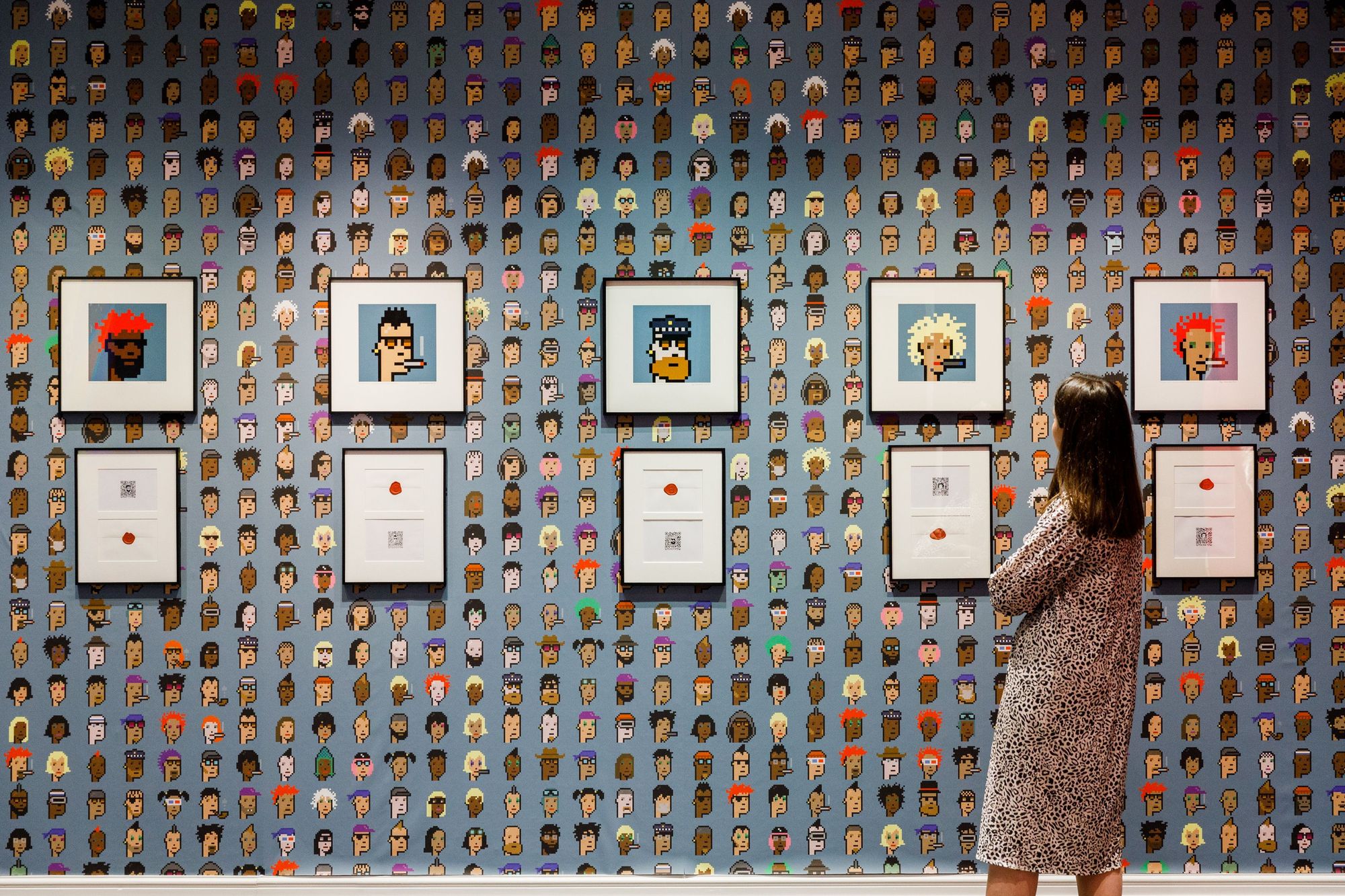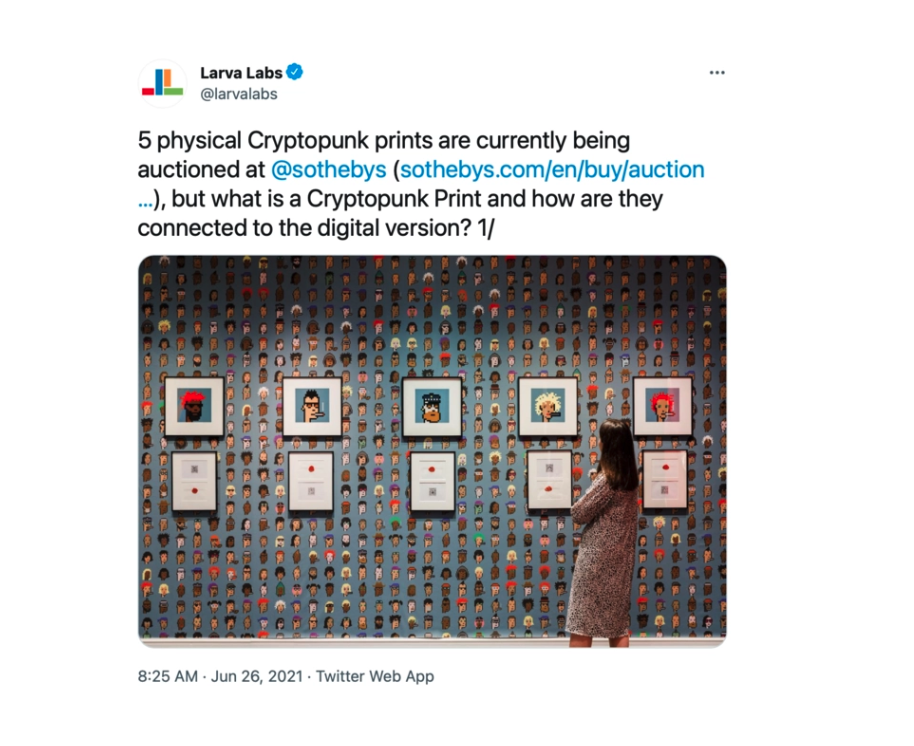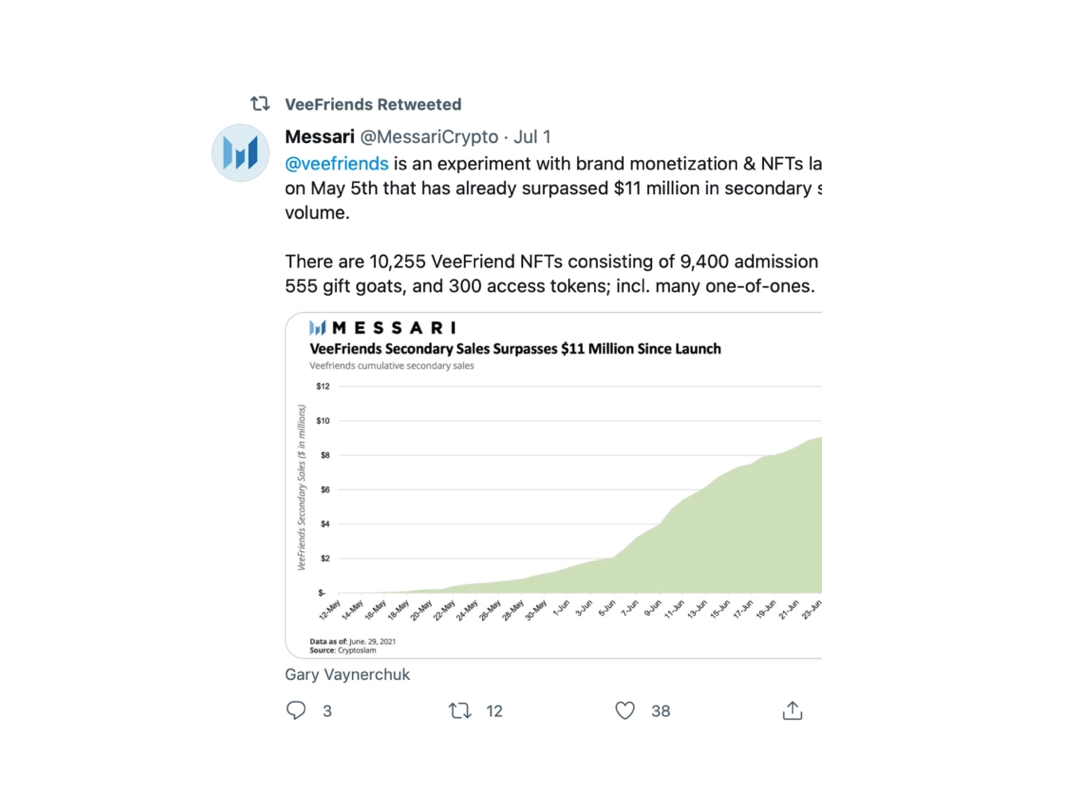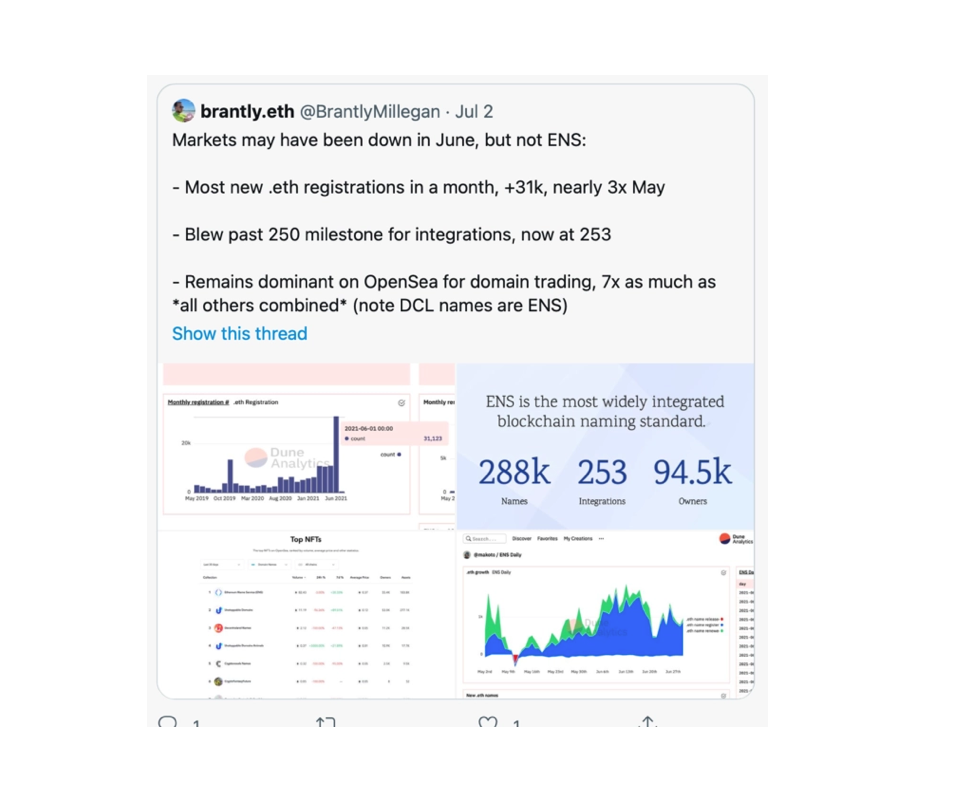Earning Digital Trust In Web 3.0
Digital trust and authenticity are key components for digital product buyers and sellers, yet the Internet was built on openness, not verifiable trust. Digital products present a problem when a person wants to verify the provenance claims of another person.
Up until recently, any verification process would involve a third party, if one existed at all. If you want to verify...
💵 a payment for goods... you'll need PayPal.
📰 a news tweet... you'll need to see a blue tick on their profile.
📸 the source of a photo or video... there is no way to do that on today's Internet.
📲 where a product is made... You'll need a country of origin licensing firm.
🖼 an artwork... there is no way to do that on today's Internet.
What we know about the Web 2.0 version of the Internet is that digital verification usually involves a third party as a trusted source of authenticity.
This creates a problem with some of the media kinds we create and consume on the Internet. Take images, text and videos... It's difficult to trust whether a JPG or .TXT or MP4 is the original or not. "Who created this?" is difficult to answer. "Who owns this?" is difficult to ascertain without a third party.
⚙️Let's switch gears.

Humans Love Collecting Things
"About 40% of humans collect things — baseball cards, shoes, artwork, wine. And there’s a whole bunch of psychological reasons why. Some people have a need to complete a set. Some people do it for investment reasons."
"Some people want an heirloom to pass down. But we could only collect things in the real world because digital collectibles were too easy to copy." says David Pakman in a TechCrunch article on dumbing down NFT's.

The Digital Art Creation You Already Know
Creating digital artwork isn't difficult. Grab Photoshop or Canva and you'll be able to create something within a few minutes. Sure. Now let's say you're ready to share it.
Add To Insta. Done. Now fast forward.... your image has become famous! ...valuable even... or at the minimum, you want to prove you made it first. All you've got is a filename timestamp from Photoshop or maybe an upload date in your Instagram. It kind of works....but let's now throw in an extra level of desire.
You receive a comment on your artwork "Wow, this is amazing artwork Steve! How can I buy a copy?" How do you sell your digital artwork? What if a number of people want to buy a copy...support your work... get the skiting rights to say they saw your talent first?
There's no native way on the Web 2.0.

Protecting Digital Rights
Digital assets and collectibles have been too easy to copy on the Internet for the last twenty years. Digital art and collecting digital art hasn't had a natural digital home...until now.
The introduction of Web 3.0 provides three new layers of technology that provide the digital infrastructure for trust and authenticity. Let's look at each of these three layers and try to stay as non technical as possible, for as long as possible!
Web 3.0 Is Empowering
You can...
🖼 create a one-off digital artwork for your fans. e.g digital print 1 of 1.
💯create a series of prints of the original digital artwork for your fans. e.g. digital print 1 of 100.
💁♀️🖼 provide a way for fans to display the digital artwork they purchased to their friends.
Digital artists, individual writers, creators and musicians can now create a piece of digital art, make only ten copies of them and auction it off. The buyers of art has an unbroken chain of provenance making resale and proof of ownership easier. Plus, the digital artist can collect an extra commission if their work re-sells in the future.
So far, I've shied away from the technical acronym because it's a barrier to understanding of the intellectual property rights creation and associated ways of verifying an authentic digital artwork.
Digital artworks are minted as NFT's or non-fungible tokens. Once minted, they're stored and addressed on the blockchain. Basically you don't need to understand NFT's in detail....just like IP addresses are in the background of Web 2.0.
Let's move on to some interesting use cases I've seen for NFT's so far.
1. Selling Digital And Real Artwork Bundles
While real artwork isn't possible to verify easily without a third party expert, digital artwork is verifiable because the information about it's creation date is stored publicly. Artists can decide to sell a bundle of both real and digital artwork so that the buyer has a digital certificate in the form of an NFT, stating "I own the digital art."

If the seller only minted a single digital copy and gave it to the buyer of the physical artwork, then that person has a physical and digital copy to prove ownership.
2. Bundling Digital Art With Real World Event Access
Gary Vee bundled multi-year access to an annual event for purchasers of his VeeFriends series, taking it beyond a simple digital artwork purchase, to 9,400 event admission tokens to VeeCon 2022 that have real world value. This is Smart. In fact, this goes to the heart of what Smart Contracts are going to be most valuable for.
Who needs expensive third party ticketing event software, when your fans can simply purchase digital tokens that a) look beautiful because their artwork and b) can redeem those tokens directly with you as they attend your event.

3. Secure Web 3.0 Domain Names
Dot com domain names were plentiful and cheap during the late 90's. I set up one of world's first 4,000 eCommerce florist shops on florist.co.nz, for my Mum who was a florist. Of course florist.co.nz was available. "Let's get that!" ...not thinking too much more about it.
While Web 2.0 domain names have sky-rocketed in value as the web has built out, Web 3.0 is still in its infancy. There are only 288,000 domain names registered on the decentralised web and just 94,500 owners to date according to ENS Director of Operations Brantly Millegan.
If you need help securing your .eth domain, DM @mintfaced and I can help you.
In the next section, we move on to marketplaces for digital artwork.

Marketplaces For Digital Artwork
Here are three marketplaces for digital artwork worth looking up. I'm pretty new to each so will add more information here as I get to understand their behaviour.
SuperRare is invitation only for artists so that digital art offered for sale is curated to maintain the quality level of the artwork. I haven't spent a lot of time there yet.
Rarible is a marketplace where anyone can create digital art on and where I minted my first NFT digital artwork (5 of 5 are now up for sale). It's the wild west of digital artworks at the moment on Rarible and auctions of visual art and animations are doing the best, at least for now. It feels very similar to how Web 1.0 of the Internet felt, back in 1996 when I was at Victoria University paying $2.00 per Mb to upload my photos of Shihad to a website I had built.
OpenSea is the world's first and largest digital artwork marketplace. OpenSea has a cool ranking system for digital artwork ranked by volume, average price and how many owners there are of each collection.
If you prefer the regular kind of marketplaces to buy goods, you'll be pleased to know that Ebay has announced support for digital goods in May.
Join The Digital Artist Economy
If you'd like to join a group of artists and learn how to register your Web 3.0 domain name alongside a whole host of topics, register your interest.
In the next cohort we will be covering:
Discover The New Frontier Of Digital Art Shows
Shortlist Artwork For Your First Digital Collection
Mint Your First Artwork Digitally
What Fans Want. Swap Fan Likes For Art Ownership
Integrating Digital Art With Dealer Channels
